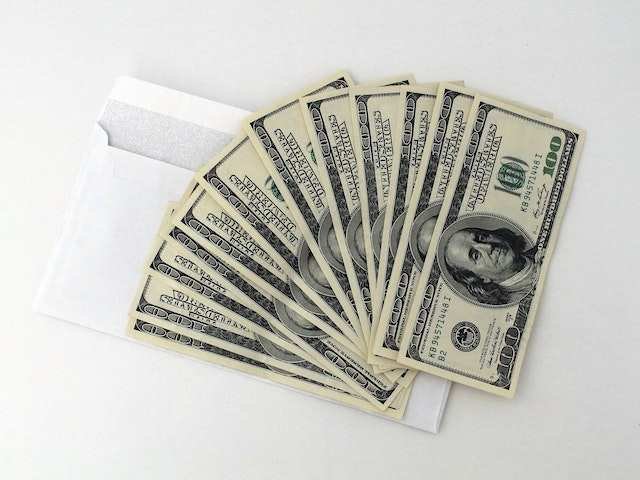Looking to earn the highest possible returns on your savings? Opening highest yield checking accounts or savings accounts can be a smart move. These accounts offer competitive annual percentage yields (APYs) compared to traditional options, allowing you to earn more interest on your deposited funds. In this article, you’ll look at the factors determining interest rates on both high-yielding savings and checking accounts. Understanding these factors lets you decide where to park your cash and earn the best returns.
What is a High Yielding Savings Account?
A high-yielding savings account is a type of savings account that provides a higher interest rate than traditional savings accounts. The interest rate on a high-yielding savings account is usually calculated daily and paid out monthly or quarterly. The key benefit of a high-yielding savings account is that it lets you earn more interest on your savings, which can help you achieve your financial goals faster.
Factors That Determine Interest Rates on High-Yielding Savings Accounts
1. Federal Funds Rate
The Federal Funds Rate is the interest rate at which banks lend money to each other overnight. This rate is set by the Federal Reserve and is used to influence economic growth and inflation. When the Federal Funds Rate is low, banks can borrow money at a lower cost, leading to lower interest rates on savings accounts. Conversely, when the Federal Funds Rate is high, banks will have to pay more to borrow money, leading to higher interest rates on savings accounts.
2. Bank Profitability
Banks are in the business of making money, and the bank’s profitability influences the interest rates on high-yielding savings accounts. Banks typically want to offer competitive interest rates on their savings accounts to attract and retain customers. However, banks also need to ensure that they earn enough money on the deposits they receive to cover their costs and make a profit.
3. Account Balance
The account balance is another factor that can impact the interest rate on a high-yielding savings account. Generally, the higher the account balance, the higher the interest rate. This is because larger account balances are more profitable for banks, and they can afford to offer higher interest rates to customers with larger deposits. Regarding high-yielding checking accounts, SoFi Bank is one option to consider. Their website states, “You can earn more interest in a single month than in 1 year with any other banking option.”
4. Market Competition
Competition among banks can also play a role in determining the interest rates on high-yielding savings accounts. When one bank offers a high-interest rate, other banks may follow suit to remain competitive. However, banks may also adjust their interest rates in response to changes in the market, such as changes in the Federal Funds Rate.
5. Account Type
There are different types of high-yielding savings accounts, such as online savings accounts, money market accounts, and certificates of deposit (CDs). Each type of account has its own interest rate and features. For example, money market accounts may offer higher interest rates than traditional savings accounts but require a higher minimum balance. CDs typically offer fixed interest rates for a set term but may impose penalties for early withdrawal.
Such accounts offer a way to earn more interest on your savings. The interest rates are influenced by various factors, including the Federal Funds Rate, bank profitability, account balance, market competition, and account type. By comparing account features and carefully reading the terms and conditions, you can choose the best high-yielding savings account to help you achieve your financial goals faster.




